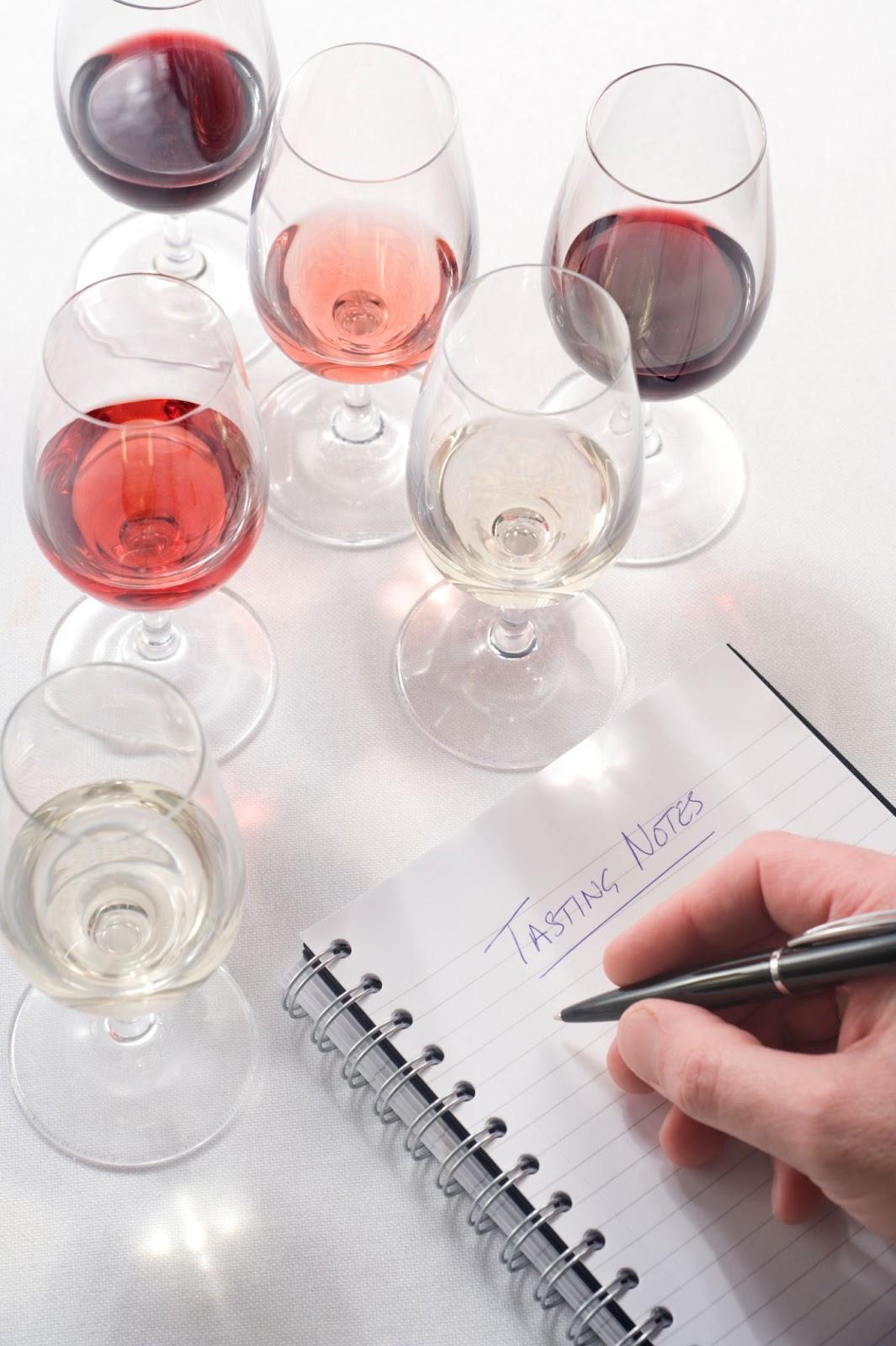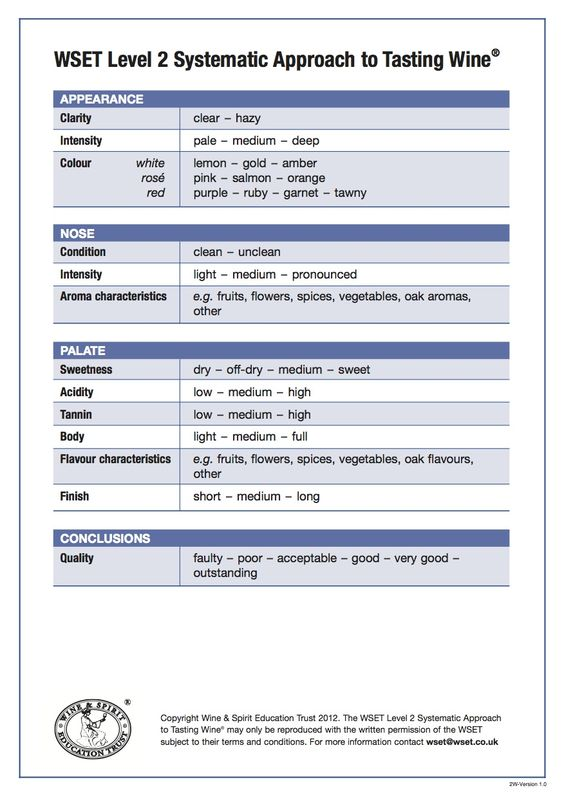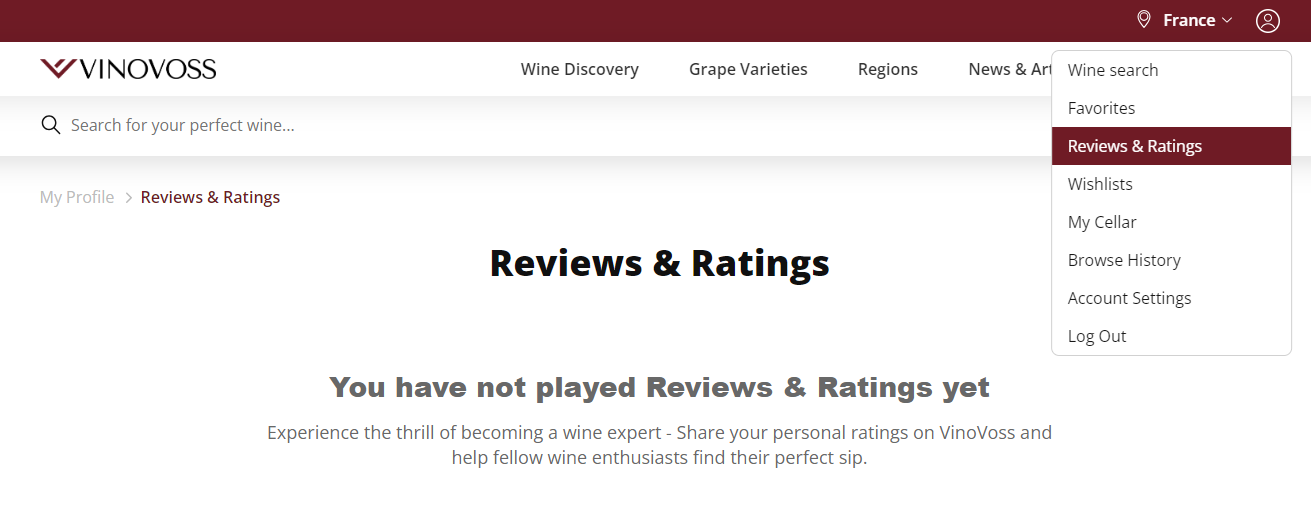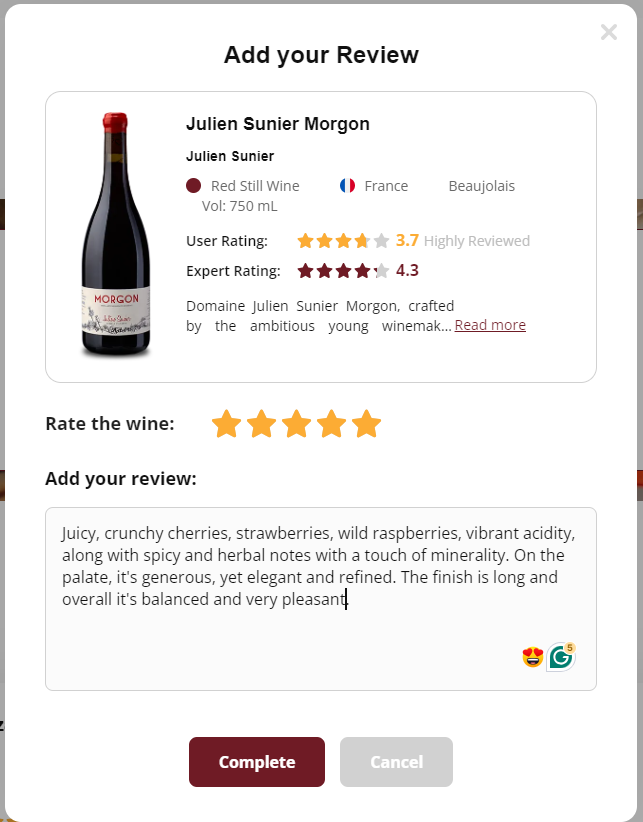- Wine Color/Type
- Top Occasions
- Unique Wines
- Surprise Me!
How to Write Tastings Notes as a Beginner
Starting to write wine tasting notes can be exciting and intimidating. This is especially true for beginners who are trying to grasp the intricacies of the wine world. They may feel overwhelmed by the sophisticated language used by wine experts. As you take your first steps into writing your own tasting notes, remember that it's a gradual process, and with time, you'll refine and develop your skills.
With a little practice, some theoretical knowledge, and know-how on its application, you might become the star of the tasting very soon.
Write your own tasting notes is a gradual learning process (Photo: MarkSwallow, iStockphoto.com)
Describe Your Senses
Start by looking at the wine, smelling it, and then tasting it to fully experience the wine tasting process. While professional jargon might seem intimidating, it shouldn't hinder your note-taking journey. Start by describing the appearance, note the color and texture. Once you delve into the nuances of color, such as describing it as 'ruby red with a purple hue,' you'll already sound like a seasoned professional.
Pro Tip: The majority of white wines can be described as having a pale lemon color. In comparison, most red wines are either ruby or purple, with ruby reflections.
Moving on to aromas and flavors may initially feel tricky, as these two aspects intricately intertwine. However, with a gentle swirl of your glass, write down your initial impressions.
The swirling of the glass allows oxygen to enter and react with the wine. This reaction can 'unlock' aromas and flavors, as well as soften the tannins and enhance the overall structure.
You can practice swirling and its effects with any glass. Simply hold it by the stem and give it a gentle swirl. If you feel uncomfortable, you can swirl the glass while keeping the base on the table. Plus, it looks elegant!
It doesn't have to be precise or very specific, phrases like "aromas reminiscent of a flower market" are perfectly acceptable. As you revisit the scents, you might pinpoint more specific notes, such as orange blossom or jasmine, to make your notes better.
The palate, often the most challenging part for beginners, can be approached similarly. In the beginning, wine might just taste like, well, wine. That's okay. Express your feelings about it. For instance, you could say, "tastes like cherry cola." As you delve deeper, you might discern additional flavors like chocolate, enriching your tasting notes.
With time, you can efficiently pick up the wine's aroma as you train your taste buds. It's possible to detect residual sugar through its sweetness, as well as the fruity primary aromas of the grape varieties. Brioche notes indicate extended bottle maturation in sparkling wine, known as secondary aromas. Leather and tobacco notes can result from oak aging or bottle maturation, considered tertiary aromas.
By casually practicing wine notes, whether in front of the TV, with friends, or during a chill-out session, you will notice that with time, wine descriptions come more easily. You will discover how winemaking techniques influence the texture of sweet wines, or how cassis contributes to the typicity of Cabernet Sauvignon.
Go Further
Initially, your tasting notes may not look good. It may be simplistic, mostly with the feelings you get from the wines. For those keen on honing their skills further, adopting a systematic approach to wine tasting can be immensely beneficial. WSET, the London-based Wine and Spirits Education Trust, is the world renowned certification institution for wine education.
WSET courses teach students how to taste wine with a systematic approach. The Level 2 method is suitable for beginners and guides you through a structured process, breaking down each step into attributes like acidity, tannins, body and flavors, leading to more detailed, comprehensive, and professional-sounding tasting notes.
The systematic approach of wine tasting chart by WSET (credit: WSET)
The advantage is that it gives you a structure, ensuring you do not forget to mention certain aspects. It remains a holistic system, which also will require you to break out and spread your wings when you feel your tasting notes have evolved
A Few Tips to Learn Wine Tastings for Beginners
Find your benchmark
Without formal training, it’s hard to decide whether a wine’s acidity is high or medium, or the body is full or light. It’s useful to set some benchmarks. Comparing two or three wines simultaneously allows you to see the differences of the characteristics of the wines and understand various wine styles, whether they lean towards fruity or mineral notes.
Remember the Flavors and Aromas from Daily Life
Most words used in tastings notes are not esoteric. Many descriptors, especially those related to fruit, florals, and spices, are rooted in daily life. Incorporating everyday experiences into your wine vocabulary can also elevate your tasting notes.
Take a moment at the grocery shop to differentiate between the aromas of red and green apples, or pay attention to the nuances of cinnamon when you enjoy a cinnamon roll. Of course some common descriptors are unfamiliar if it’s not a common thing of where you live, like some tropical fruits may be uncommon in certain regions, but you can find a similar descriptor or a generic term for your tasting notes.
However, dear VinoVossers, it's crucial to remember that wine tasting is an exploration and a delightful experience. Avoid the trap of perfectionism when writing your tasting notes. The primary goal is to capture the moment, discover your preferences, and enjoy the journey of expanding your wine knowledge.
So, next time when you taste a wine, find it on vinovoss.com, write down a few words and share your opinion with fellow wine lovers!
Find your reviews and ratings of the wines you tasted in your user profile on vinovoss.com (screenshot of vinovoss.com)
Find the wine and share a few words on vinovoss.com (screenshot of vinovoss.com, tasting notes by Sylvia Ba)
Sylvia Ba
Latest articles




